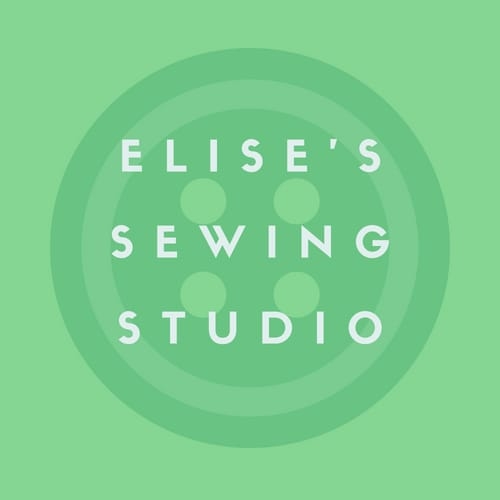We are a participant in the Amazon Services LLC Associates Program, an affiliate advertising program designed to provied a means for us to earn fees by linking to Amazon.com and affilated sites. We may earn money or products from the companies mentioned in this post.
Things to know when you are starting your first garment sewing project

How does one even know where to start with making their own clothes anyway?
If you want to start sewing clothes, it’s like anything else to learn. Did you learn to ride a bike or swim or read right away? No. It does take some perseverance and learning, but you can do it. I believe in you!
With that little pep talk done, here are some practical things to keep in mind.
Start with small sewing projects and work up.
I’m a fan of getting to know a machine and practising stitching with smaller projects – bags, aprons, pyjama pants for example.
Once you’ve done some of those, you can start to move onto sewing clothes.
You have two main avenues here: upcycling and alterations; or buying a pattern and fabric.
Start sewing clothes: Patterns vs Alterations
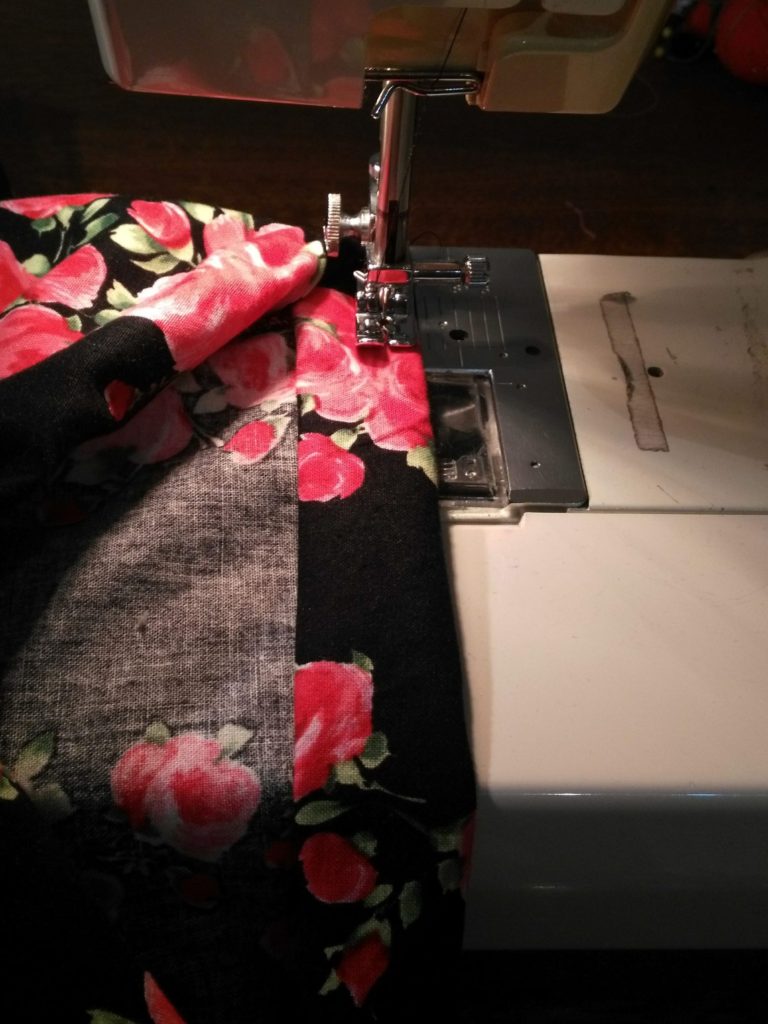
You may want so start doing some adjusting your own clothes just to get some practice before starting a whole garment.
I have been doing more upcycling and adjusting my clothes lately instead of start-to-finish projects. I find these smaller projects easier to fit into my lifestyle right now as a busy mom, and I can rework clothes I already have into ones I like better.
I like the quick win of adjusting things that were collecting dust in my closet. As well, if you are using clothes you aren’t really wearing much for your projects to start, if it doesn’t work out it can be less disappointing than if you had bought an expensive fabric.
But if you would rather learn more about sewing a garment from start to finish, skip down to picking a pattern.
Adjusting the length of your clothes is the easiest way to get familiar with changing your clothes. Beyond just hemming, you can do things like turn old jeans into cuffed shorts, long-sleeved shirts into short sleeved.

A few other beginner friendly tutorials I have done that you can use to get comfortable with sewing clothes:
Turn a maxi dress into a skirt
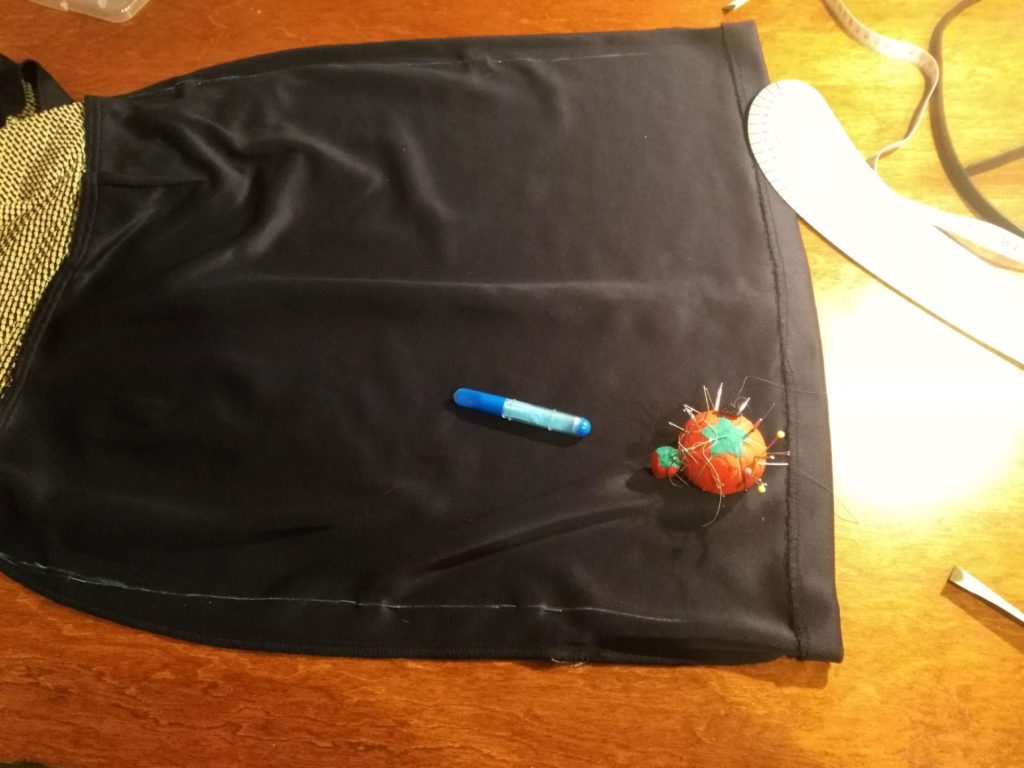
Start sewing clothes that fit by choosing a pattern in the correct size.
Once you are comfortable working a sewing machine, you can start to look at sewing patterns.
One of the main things to be aware of is that the sizing for sewing patterns is different from the sizes of clothes in stores. Forget any idea of what size you think you are and take your measurements.
Use the size chart on the pattern. If your measurements are in different sizes (this is common, my waist and hip are a few sizes apart, I did a blog post about shopping when your measurements are in different sizes). Go with the bigger size and then take in in as needed (typically at the side seams).
Choosing the right fabric for your sewing project
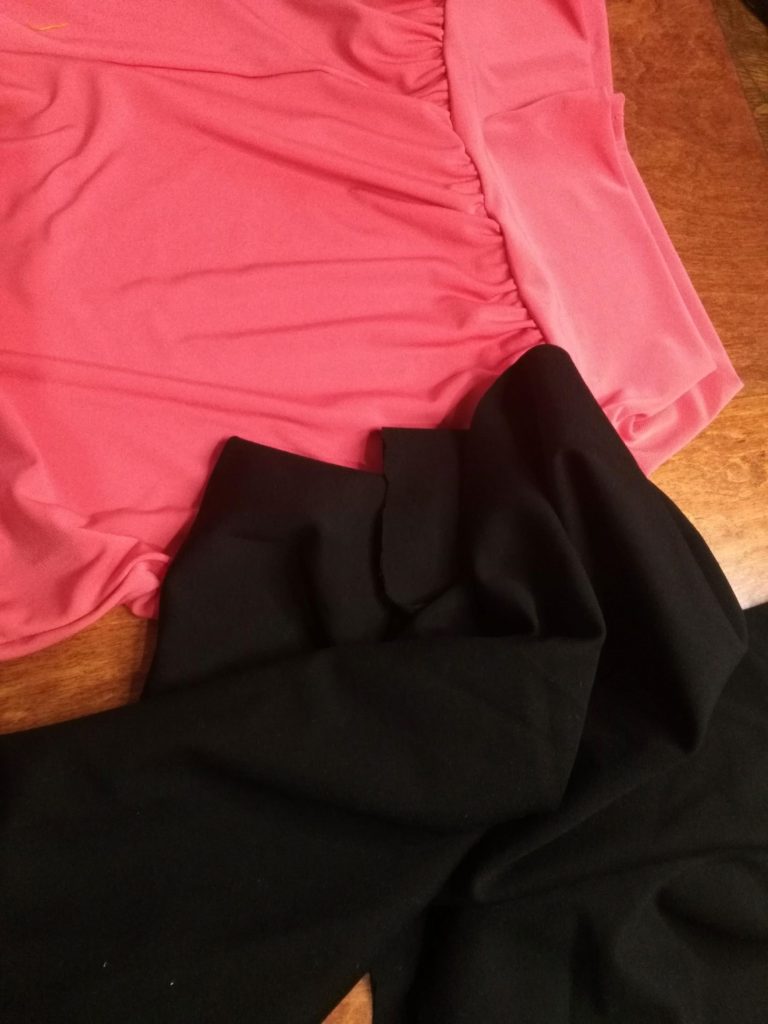
The pattern you pick will have suggestions for the type of fabric required and amount. Just because you see a fabric you like and a pattern you like doesn’t necessarily mean that they will work well together.
I did do a whole post on How to Choose Fabric for garment sewing. The main points are to see if your pattern is designed for knits or woven fabric, and to think about how the fabric hangs and behaves.
Pre-wash your fabric
There are a few reasons to always pre-wash your fabric.
- Pre-shrinking: Fabric can shrink a lot during the first wash. Wash and dry your fabric the same way you plan on washing the finished garment.
- It softens the fabric and helps to remove sizing. Sizing are chemicals which have been applied to the fibre during the fabric making process.
- It also gives you a nice clean start, especially if your fabric isn’t brand new or you are recycling something.
I’ve started using Tru Earth Eco Friendly Laundry Strips to wash my fabric and clothes. It’s a sheet of detergent that gets mailed in a paper envelope. No more messy and heavy plastic jugs! To learn more, click here.

Selecting a Sewing Pattern
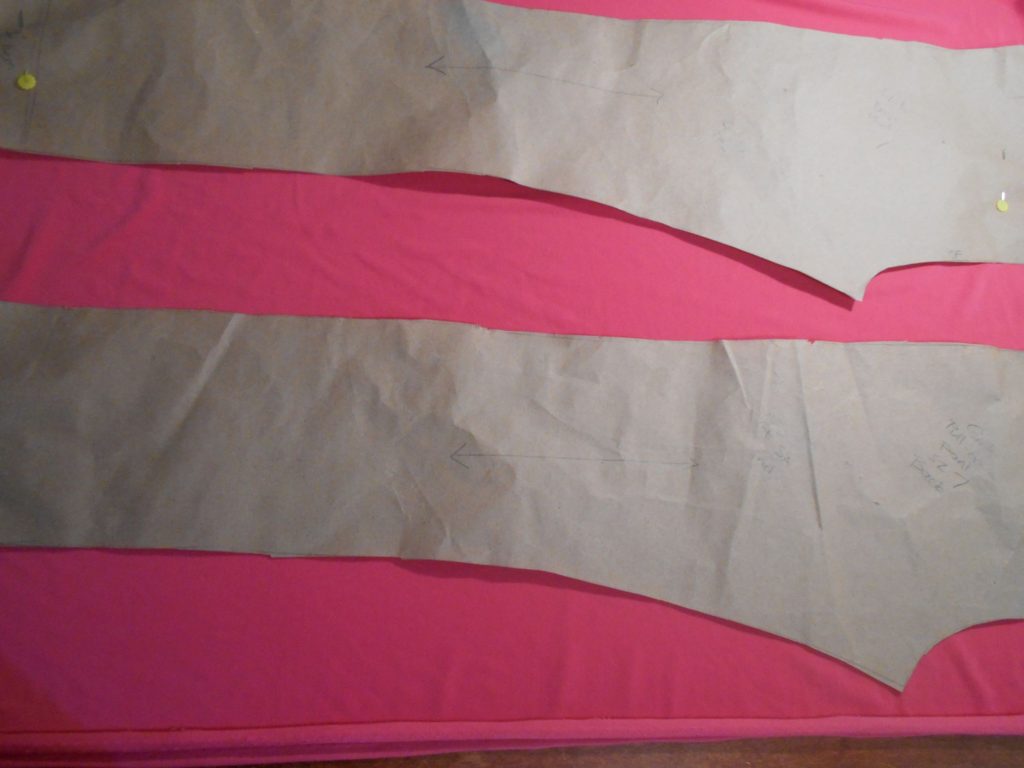
A few things to keep in mind when you are shopping for a pattern in store or online:
- Look for sewing patterns labelled as easy or suitable for beginners if you are new.
- Different projects will use different techniques. Start with a basic one, and gradually choose patterns with different features (zippers, collars, pockets, etc. ) as you gain confidence.
- Pants or skirts with elastic waistbands, or tops without a lot of features are typically the easiest to start with.
- If you are new to sewing, follow the instructions provided. If you get stuck, you may be able to find sew alongs on YouTube or other blogs for your exact pattern. Some may be from the company themselves, or from other sewing bloggers and YouTubers.
Some suggestions: I like Rebecca Page Patterns as they have good instructions and come in a good size range.

I have some other small companies for PDF downloadable patterns here: Sewing Patterns and Tools
I hope this helps you at least get started with your clothes sewing journey, and provides some inspiration.
If you struggle with keeping your sewing space organized – and would like some alterations tips – I have a printable sewing journal to keep you organized so you can sew more efficiently.

I created this because I was tired of:
- Going too long between machine maintenance
- Forgetting where I have stored a pattern
- Knowing I was going to do something differently but forgetting what it was when sewing a pattern for the second time
- Losing my measurements and having to take new ones over and over
Find out more about the sewing journal here
Want to learn more about altering clothes you already have, to fit your unique body and style? Receive my free guide full of tips to get you started doing your own clothing adjustments by signing up to my newsletter here.
